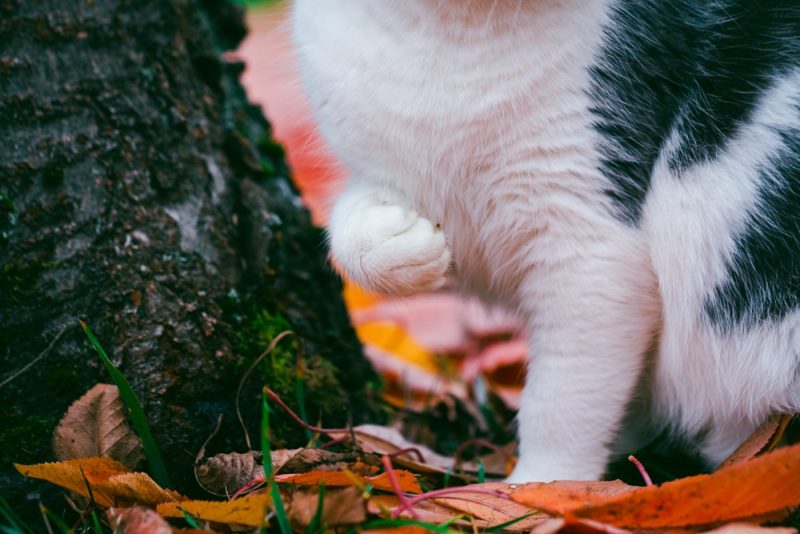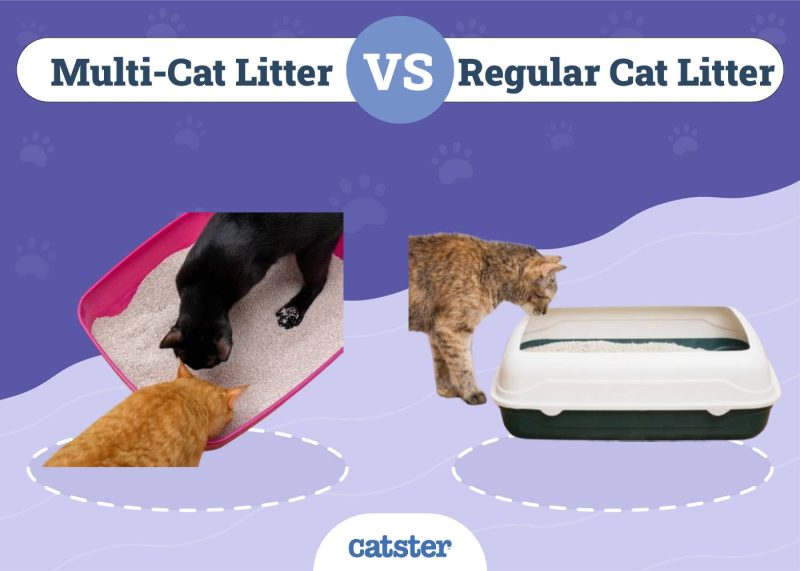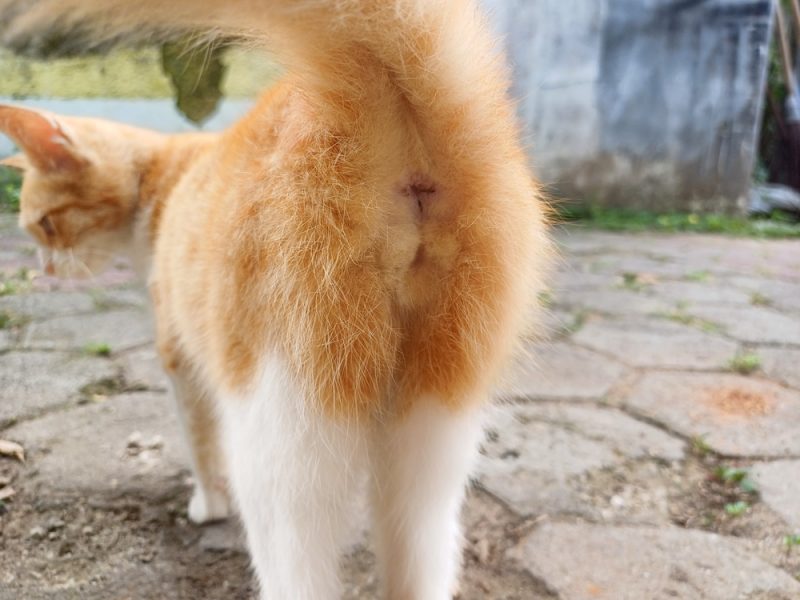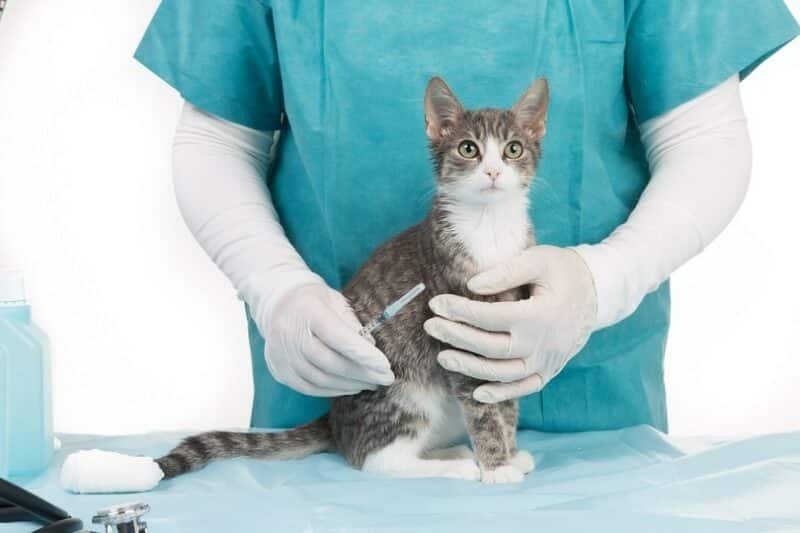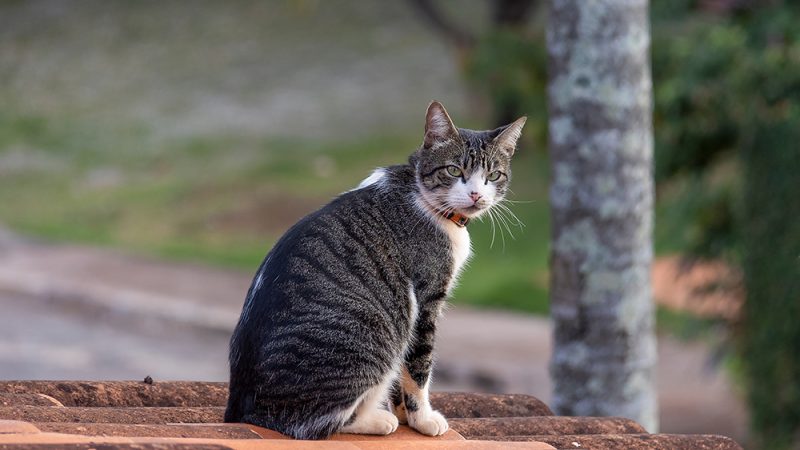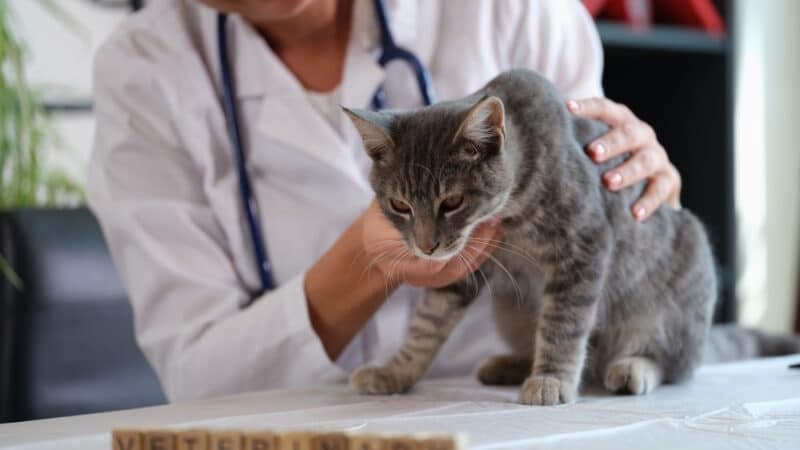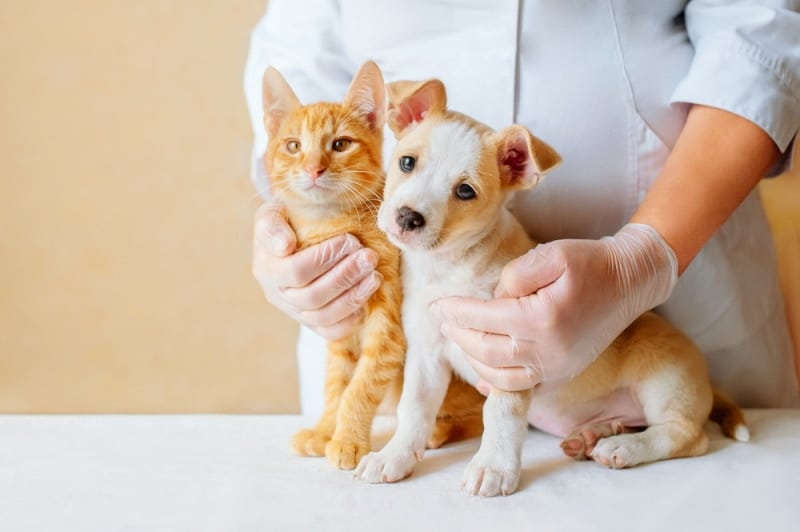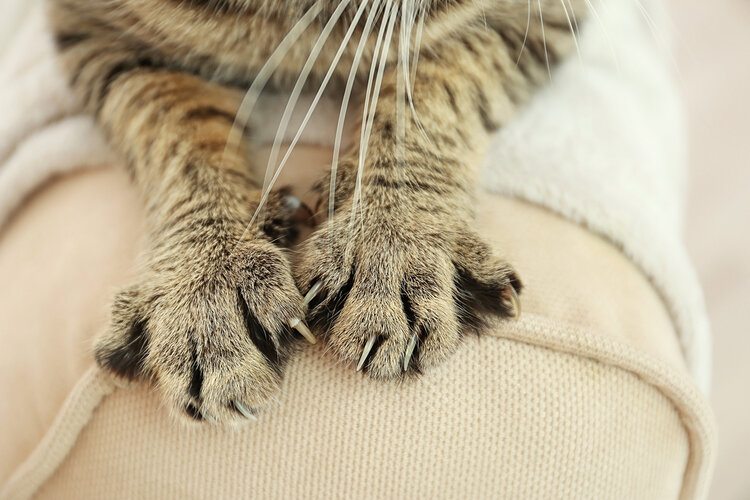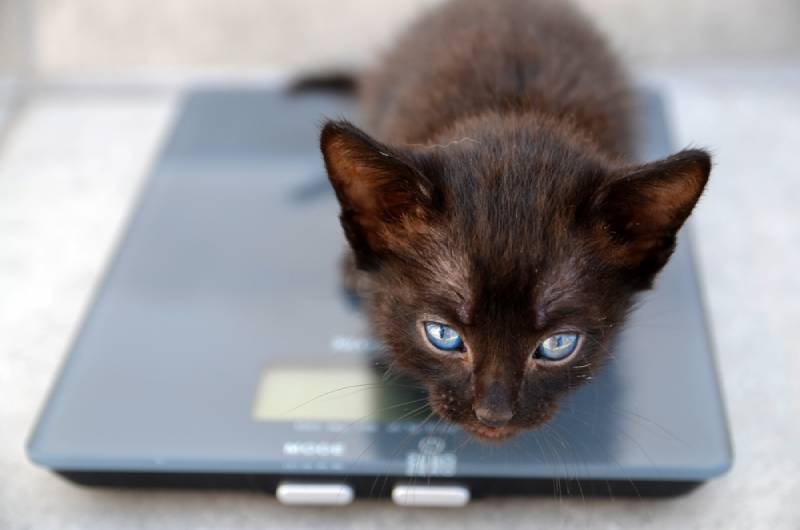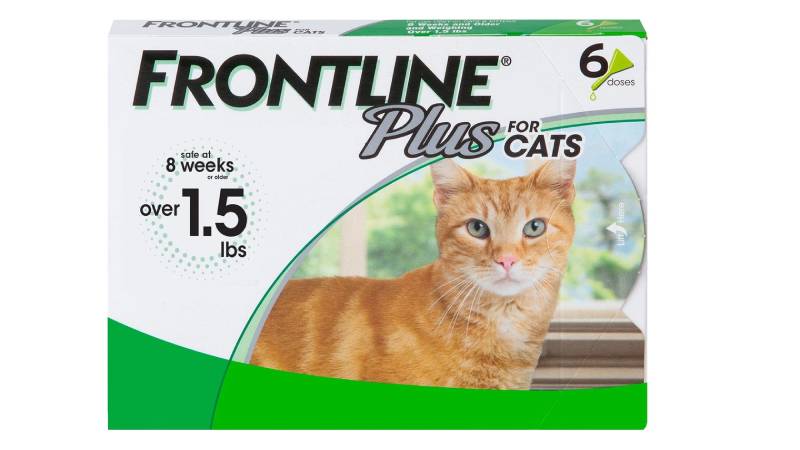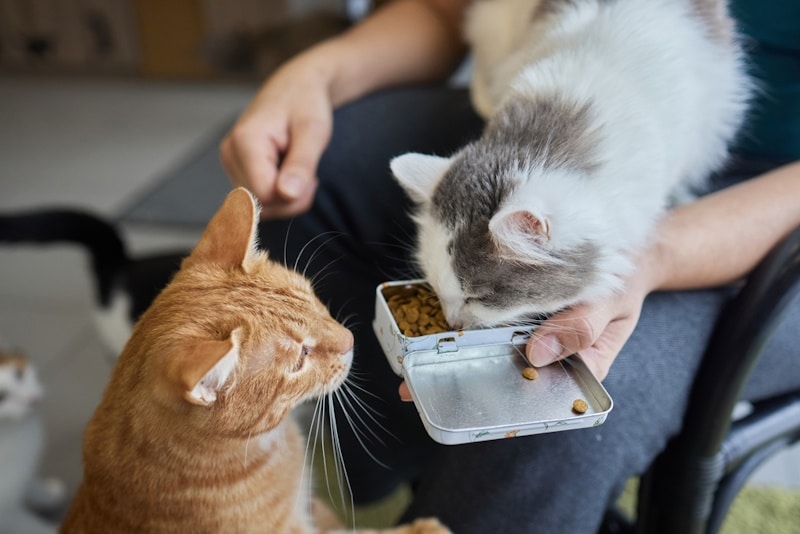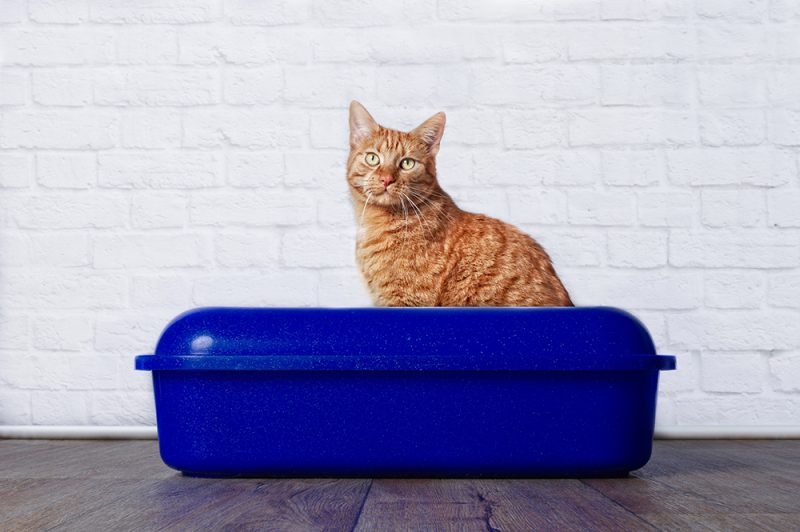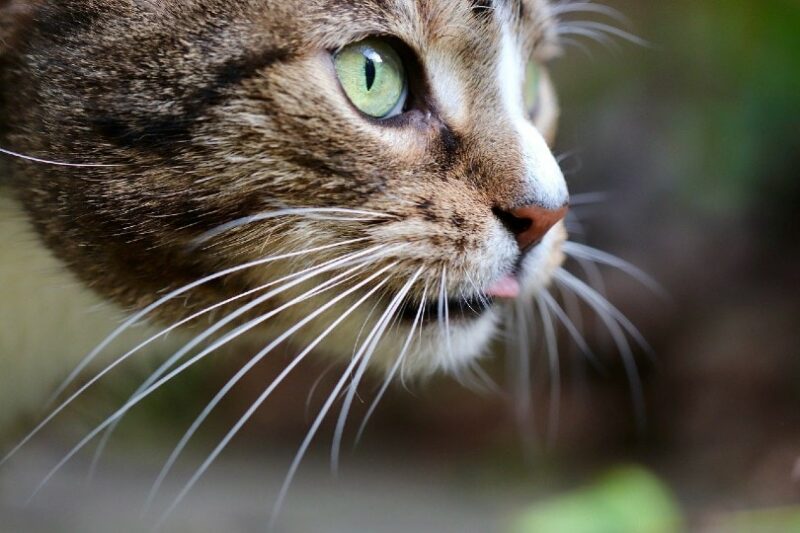In this article
When you notice your cat limping or favoring a certain leg, it can trigger your alarm bells. The good news is that, in many cases, a limp is often temporary and may resolve on its own. In other cases, it may be a sign of a more serious injury that requires attention from a vet. There are a lot of potential culprits here, so bear with us. Before we go over how to inspect your cat’s paw, let’s break down some of the most common reasons a cat may limp just below.

Potential Causes of Cat Limping
- A thorn or other foreign object stuck in the paw
- Falling, landing poorly, or being hit by moving objects/animals
- Burns from a hot surface, such as asphalt in direct sunshine or an electric burner
- Ingrown claw/nail
- Insect bite
- Pulled/strained muscle
- Abnormal bone development
- Bone fracture
- Cancerous tumors in the paw or leg
- Infections from bites, flea bites, or other skin-level irritants
- Arthritis
- Nerve damage or neurological conditions
Inspecting a Cat’s Limping Paw
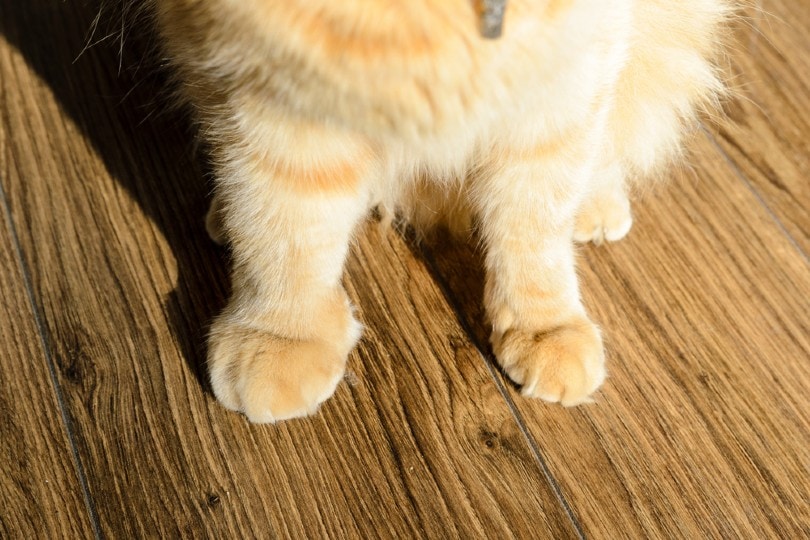
There are many potential causes for your cat’s limp, so the next step is to inspect the leg and determine the best course of action to take. Sometimes, all you have to do is keep a close eye on them and make sure they don’t get into any more trouble, and in other cases, you may need to go to a trusted vet for diagnosis and treatment. First, let’s give you some handy tips for safely inspecting your cat’s paw without causing them further pain.
- If you see any obvious severe deformations in the paw or leg, this may signal a bone fracture or dislocation that calls for medical attention.
- Do not attempt to touch your cat’s hurt paw if they seem defensive.
- For very skittish cats, we suggest one person hold them to restrain them during your inspection while another person takes a closer look at the paw.
- Have tweezers handy in case there’s a foreign object embedded in the paw, and carefully pry the object loose if it seems feasible to do it yourself.
- Use a clean, damp cloth to clean blood or dirt away from the injury site if there is one.
When to Visit a Vet for Your Cat’s Limp

As we said above, limps can sometimes clear up on their own with little to no intervention. It can be hard to tell when your cat’s limp merits a trip to the vet and when it’ll be okay on its own. For a clearer idea of when you should definitely be alarmed and go to the vet, peruse our quick list of severe signs to look out for in limping cats.
- If the limp persists for more than a day or two.
- If there’s an open wound on the paw or leg.
- If the leg is obviously broken or dislocated.
- If your cat is yowling or frequently vocalizing due to pain.
- If you notice a bite on the paw/leg.
- If they are too painful or distressed to allow you to look at the leg.
- If your cat is showing any other signs of illness or injury, such as lethargy or inappetence
- If you suspect they may have been hit by a car
If in any doubt, chat to a vet and they will be able to advise you on the best course of action.
If you need to speak with a vet but can't get to one, head over to PangoVet. It's an online service where you can talk to a vet online and get the advice you need for your pet — all at an affordable price!

How To Transport an Injured Cat to the Vet
If your cat has a significant injury (like a broken leg) or is extremely painful or distressed, do not be tempted to transport them without a cat carrier. This may seem like the kindest thing to do, but if they become scared, they may lash out or run away. The best thing to do is line a pet carrier with a towel or blanket so they are less likely to knock the painful leg against the sides. If you only have a very small carrier, don’t fret – smaller is actually better in this case, because it will stop them from moving around too much.
If they have injured a front paw, place them in the carrier bottom first to avoid knocking the foot. This is generally a much easier way to get your cat into a carrier anyway.
Be careful! If they are in pain, even the most placid cat may bite or scratch.

Conclusion
Cats are active and curious creatures, and it is inevitable that they will, at some point, come to you limping. Limping can be due to something minor, like a prickle or thorn, or a serious injury to their leg.
Minor limps will sometimes heal up by themselves, but if you notice serious signs, like obvious wounds or fractures, an urgent trip to the vet is in order. If your cat is only slightly lame, you might want to monitor them for a day or two to see if it resolves on its own, but if things aren’t getting better, it is time to visit the vet.
Featured Image Credit: Robert Petrovic, Shutterstock
